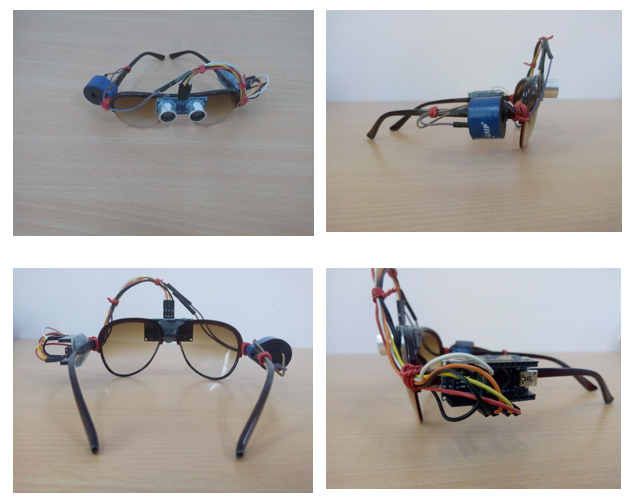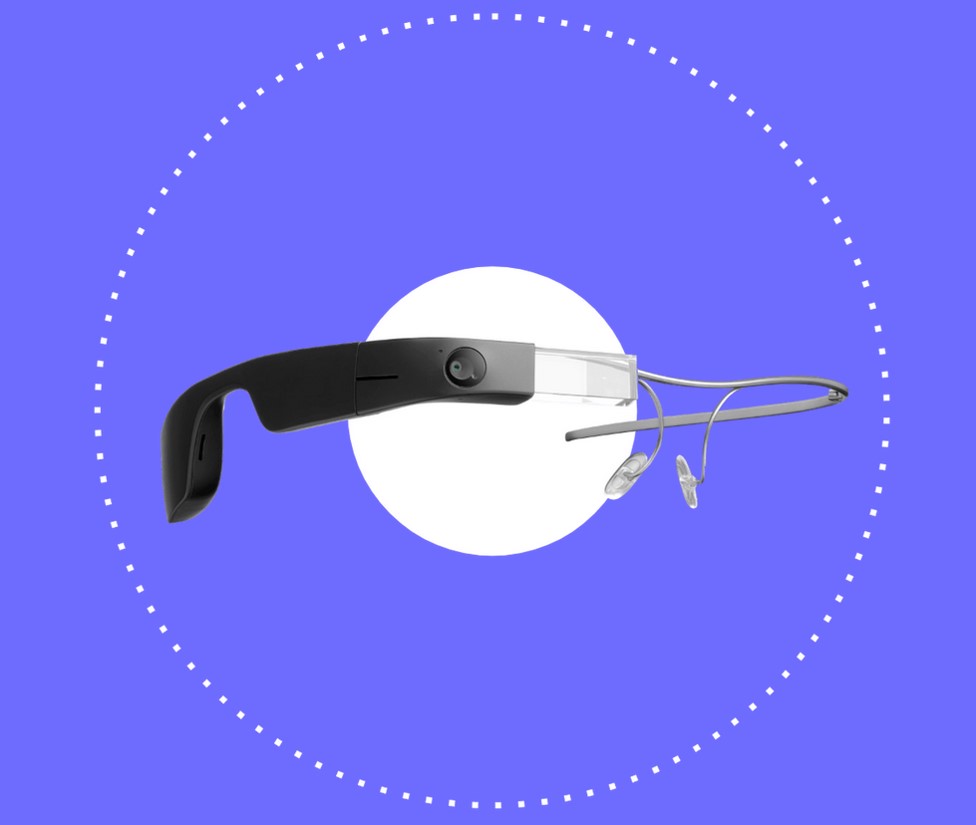AI-Powered Visual Aids: The Next Step in Assistive Technology for the Blind
Empowering Independence With Assistive Modern Technology for the Blind
The combination of assistive innovation for individuals that are blind or visually damaged stands for a considerable development in fostering freedom and improving lifestyle. With a series of tools-- from screen readers to ingenious responsive tools-- these modern technologies not only facilitate navigating and communication however also advertise social addition and engagement in different elements of life. As we discover the diverse sorts of assistive tools and their real-world applications, it comes to be clear that the influence is extensive. Yet, the evolution of this technology increases critical inquiries about access and future developments that warrant more examination. Assistive technology for the blind.
Comprehending Assistive Modern Technology
Although assistive technology has evolved substantially throughout the years, its fundamental function remains the very same: to improve the top quality of life for individuals with impairments, especially those who are blind or visually damaged. This innovation encompasses a broad variety of tools and tools that assist in self-reliance and capability in day-to-day tasks.
Assistive innovation can be classified into high-tech and low-tech remedies, each developed to fulfill certain demands. Modern devices commonly consist of software application applications, specialized equipment, and flexible gadgets that utilize sophisticated technology to offer assistance in numerous contexts. Alternatively, low-tech remedies might entail daily things that are modified to enhance access, such as magnifiers or tactile pens.
The combination of assistive technology right into the lives of individuals that are blind or visually impaired not just promotes autonomy yet also cultivates social incorporation and participation in professional and educational environments. By leveraging these technologies, individuals can navigate their environments, accessibility info, and interact efficiently, thereby enhancing their overall high quality of life. Recognizing assistive innovation is important for specialists, caretakers, and supporters that intend to support individuals in maximizing their prospective and attaining higher self-reliance.
Kinds Of Assistive Tools
Assistive tools for the visually impaired and blind are vital devices that boost daily living by addressing particular obstacles come across by customers. These devices can be generally categorized right into three main kinds: optical gadgets, electronic gadgets, and sensory tools.

Sensory tools, such as Braille displays and tactile maps, give different means to receive info. Braille presents convert digital text into Braille, enabling individuals to review touch. Responsive maps supply spatial understanding through elevated lines and structures, permitting for far better environmental awareness.
With each other, these assistive devices empower individuals with aesthetic disabilities to involve even more totally with their environments, promoting higher independence and confidence in day-to-day activities.

Effect On Every Day Life
The integration of assistive technology right into the every day lives of individuals who are blind or visually damaged substantially boosts their capability to connect and browse with the globe around them. Devices such as screen visitors, Braille shows, and mobile applications assist in access to details, permitting customers to involve with digital web content, interact efficiently, and manage everyday jobs independently.
Moreover, innovations like clever glasses and navigating applications provide real-time assistance in strange atmospheres, enhancing wheelchair and confidence. These devices allow users to recognize challenges, reviewed indications, and also acknowledge faces, thus cultivating a sense of autonomy in public rooms. Additionally, home automation systems, which can be controlled with voice commands, allow individuals to handle their living atmospheres more efficiently, improving convenience and security.
The influence of assistive technology expands beyond functional tasks; it advertises social inclusion and psychological health. By connecting the space in between people and their surroundings, these technologies encourage customers to participate totally in community published here tasks, go after academic opportunities, and involve in meaningful relationships. Inevitably, the development of assistive innovation contributes in redefining the opportunities for people who are blind or visually impaired, causing a much more comprehensive and available culture.
Success Stories and Testimonials

Another powerful testimony originates from Mark, a recent college grad who used screen reading software throughout his scholastic trip. This technology allowed him to gain access to program products and get involved in discussions, eventually leading to his successful change right into the labor force. Mark credit reports assistive innovation for encouraging him to achieve his job objectives, emphasizing its duty in leveling the playing area for people with visual impairments.
In addition, recreation center have actually reported boosted involvement in their programs many thanks to the intro of easily accessible digital platforms. These systems have actually made it simpler for people to connect, share sources, and assistance each other. These success tales jointly emphasize the extensive impact of assistive innovation in promoting freedom, boosting top quality of life, and damaging down barriers for the aesthetically damaged and blind neighborhood.
Future Fads in Assistive Tech
Arising modern technologies are positioned to revolutionize the landscape of assistive technology for individuals that are aesthetically impaired or get redirected here blind. Technologies in expert system (AI) and artificial intelligence are enhancing the capacities of tools, making it possible for even more instinctive customer experiences. As an example, AI-driven applications are progressively able to read and recognize items message out loud in real-time, providing customers with useful info concerning their surroundings.
In addition, advancements in wearable technology are producing brand-new opportunities for freedom. Smart glasses outfitted with enhanced truth attributes can overlay crucial info onto the user's field of view, assisting in navigation and interaction with the atmosphere. The integration of Internet of Things (IoT) tools is simplifying ease of access in wise homes, allowing users to regulate home appliances and receive notices through voice commands or tactile user interfaces.
The advancement of braille display screens and tactile feedback systems is likewise growing, promoting accessibility to digital content and boosting communication. As these technologies remain to evolve, they guarantee to enhance day-to-day living, academic possibilities, and employment prospects for people with aesthetic disabilities. Continuous partnership in between engineers, individuals, and advocacy groups will certainly be vital in making certain these advancements meet the needs of the community successfully.
Verdict
To conclude, assistive modern technology plays a crucial function in boosting the self-reliance of individuals who are aesthetically impaired or blind. By supplying essential devices and resources, these technologies help with improved interaction, accessibility, and navigating to details, thereby cultivating freedom and self-esteem. The transformative effect of assistive tools not only advertises reliable communication with the environment however also urges social incorporation and involvement in various facets of life, eventually encouraging individuals to flourish within their neighborhoods.
The important link integration of assistive modern technology for people that are visually damaged or blind stands for a significant improvement in fostering independence and boosting top quality of life.The assimilation of assistive technology into the lives of people that are blind or visually impaired not just promotes freedom but also fosters social inclusion and involvement in academic and professional settings. Eventually, the improvement of assistive technology is crucial in redefining the possibilities for individuals that are aesthetically damaged or blind, leading to an extra inclusive and available society.
Several individuals who are visually damaged or blind have shared inspiring success stories that highlight the transformative effect of assistive technology on their lives.In verdict, assistive modern technology plays a crucial function in enhancing the freedom of people that are aesthetically damaged or blind.